Remember when shopping was an event—something you dressed up for, planned around, and looked forward to? Department stores weren’t just places to quickly grab necessities; they were destinations that provided experiences as much as merchandise. As online shopping and big-box retailers have transformed our buying habits, many cherished rituals of department store shopping have faded into memory. For those who recall the golden age of these retail palaces, here’s a nostalgic look at the shopping experiences that have largely vanished from American life.
1. Dressing Up to Go Shopping
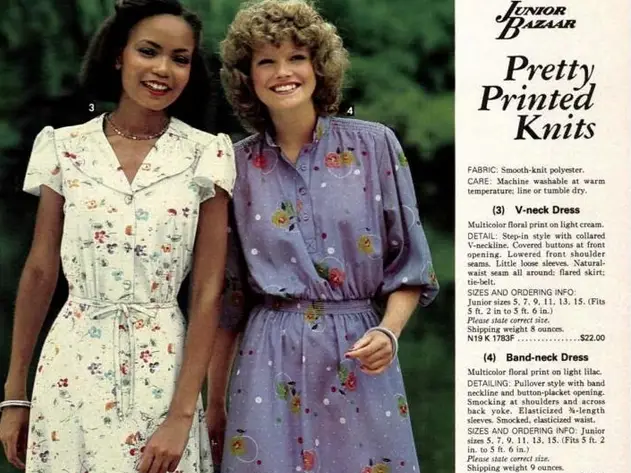
There was a time when a trip to the department store meant putting your best foot forward—literally. Families would don their Sunday best, with women wearing dresses, gloves, and hats, while men sported suits and ties just to browse the latest merchandise. Children were scrubbed clean and warned to be on their best behavior as shopping was considered a public, social activity worthy of proper attire. Now, as recounted by Central Casting, what that outfit consisted of would vary depending on the decade, but they were always grand, stylish, and colorful.
Department stores themselves enforced this unwritten dress code through their elegant atmospheres, with plush carpeting, sparkling chandeliers, and impeccably dressed sales associates. The ritual of preparing to shop created anticipation and turned an ordinary errand into a special occasion that demanded respect, making each purchase feel more significant than the casual transactions we make today.
2. White-Glove Service from Career Sales Associates

Remember when department store employees knew your name, your size, and your preferences? Career salespeople—often spending decades at the same counter or department—were retail professionals who took genuine pride in their product knowledge and customer relationships. These weren’t just part-time workers but respected professionals who could offer expert advice on everything from the proper foundation garment to the ideal wedding china pattern. Salesfloor points to the consumers themselves as the big catalysts that changed how these clerks operate on the floor.
These dedicated associates would write your purchases in sales books with elegant penmanship, call you when new merchandise arrived that suited your taste, and even visit your home to help with interior decorating decisions. The personal connection formed the backbone of department store loyalty, creating shopping experiences tailored to each customer long before algorithms attempted to do the same with far less human touch.
3. The Grandeur of Holiday Window Displays
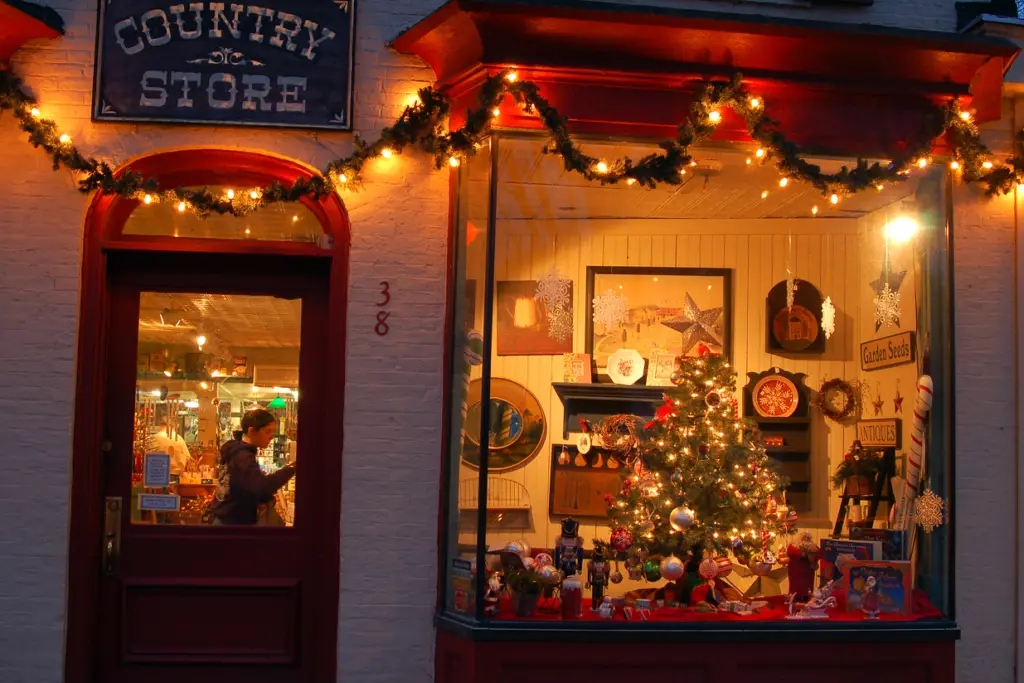
Department store windows once served as public art installations that transformed city sidewalks into magical wonderlands, particularly during the Christmas season. Elaborate animated displays with moving figures, twinkling lights, and imaginative scenes drew crowds who would travel downtown specifically to admire these creative showcases. Families would make annual pilgrimages to see the windows, often developing traditions around which stores to visit and in what order. As explained by Exactec, display windows can vary greatly and be quite simple or remarkably elaborate.
The unveiling of holiday windows was a major community event, sometimes covered by local news and anticipated for months by children and adults alike. Store designers worked all year planning these displays, competing for attention and acclaim in what became a form of retail theater that transcended commerce and became cultural landmarks of the season.
4. The Elegance of the Department Store Tea Room
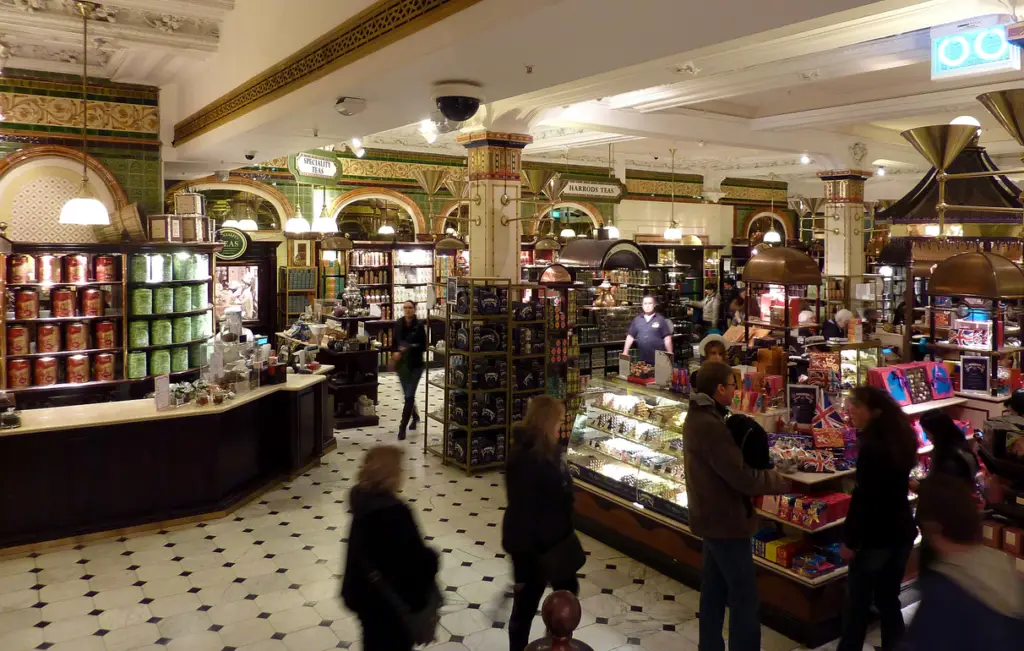
Nestled typically on an upper floor, department store tea rooms and restaurants provided elegant respite for weary shoppers. Often featuring white tablecloths, proper china, and sometimes even live piano music, these establishments offered a refined dining experience that became a destination in itself. Ladies who lunched made these venues their regular meeting spots, while mothers introduced daughters to proper dining etiquette over chicken salad sandwiches and cinnamon toast.
Many stores became famous for signature dishes—Marshall Field’s chicken pot pie, Wanamaker’s sticky buns, or Bullocks Wilshire’s coconut cream pie—that customers remembered decades after their last bite. These weren’t food courts with plastic trays but proper restaurants with waitstaff in uniforms, creating an atmosphere of civility and leisure that encouraged shoppers to make a day of their downtown excursion.
5. The Thrill of the Annual White Sale

January once meant something special to homemakers across America: the department store white sale. This annual event, originally focused on bed linens (which traditionally came only in white), expanded to include all manner of household textiles from towels to tablecloths. Savvy shoppers would save for months to refresh their homes during these eagerly anticipated sales.
Women would arrive early on opening day, armed with measurements and specific needs, often replacing worn household items just once a year during these events. The ritual of waiting for the white sale to make major household purchases created a different relationship with consumption—more planned, more patient, and ultimately more meaningful than today’s constant cycle of discounting and flash sales.
6. The Ceremony of Department Store Credit
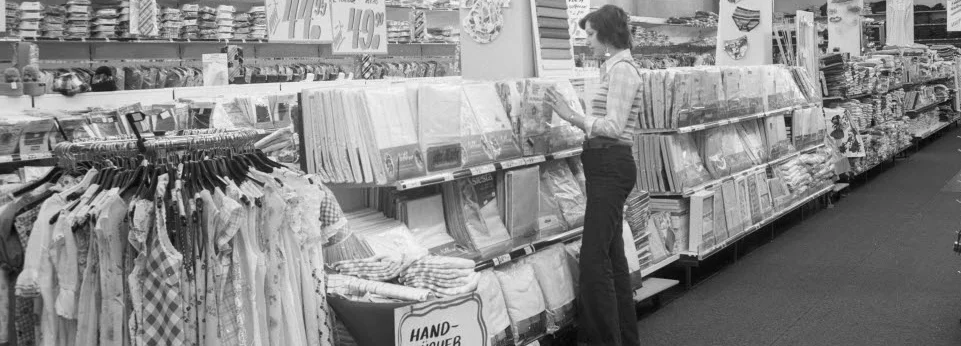
Long before instant credit approval, establishing an account at a prestigious department store was a financial coming-of-age ritual. Young couples and new professionals would apply for store credit as a mark of financial stability and community standing. Receiving your first charge card came with a sense of accomplishment and belonging, often presented in a formal envelope with congratulatory language.
Using your store charge involved a ceremony of its own—sales associates would call your account information to a central office through pneumatic tubes or by telephone, waiting for approval while making pleasant conversation. The embossed metal charge plates that preceded plastic cards were kept like treasures in special wallets, tokens of consumer worthiness in an era before ubiquitous credit.
7. Gift Wrapping as an Art Form

The department store gift-wrapping department once transformed ordinary purchases into presentations worthy of the most special occasions. Expert wrappers with decades of experience would create perfect corners, elaborate bows, and distinctive packages using signature papers and ribbons that immediately identified which prestigious store the gift came from. The service was often complimentary, considered part of the store’s commitment to excellence rather than an add-on expense.
Customers would watch with admiration as skilled hands transformed their purchases with seemingly effortless precision. The distinctive wrapping from stores like Saks Fifth Avenue, Nordstrom, or Neiman Marcus added prestige to the gift itself, with recipients often carefully removing the paper to save as a keepsake or to reuse for their own special presents.
8. The Grand Department Store Fashion Show
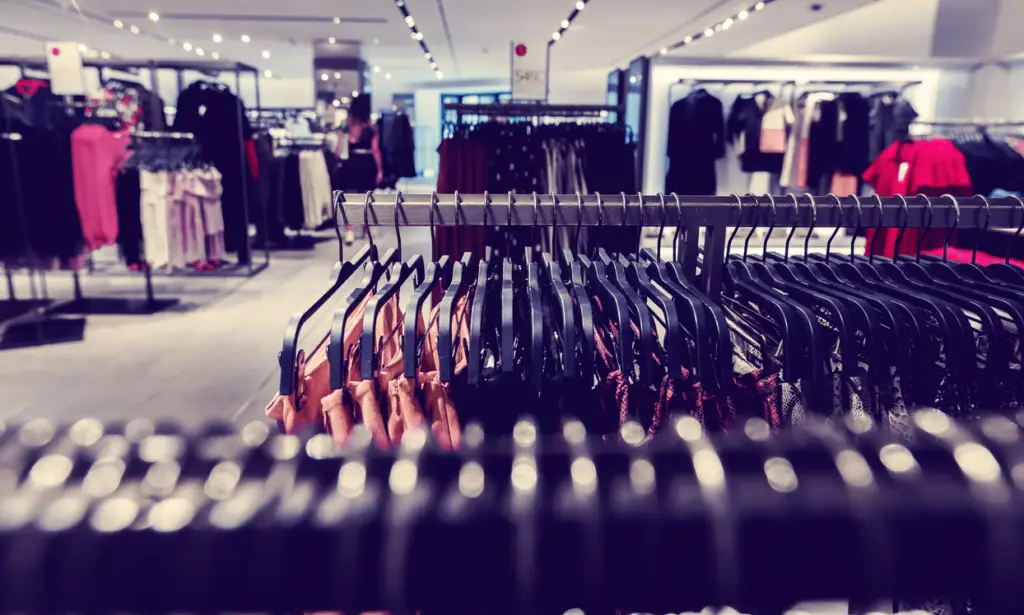
Department store fashion shows were once major social events that brought the latest styles to local communities. Held in store auditoriums or tea rooms, these presentations featured live models walking between dining tables or on proper runways, showcasing new seasonal collections to audiences of women who would book tables months in advance. Local charity organizations often partnered with stores for these events, adding a philanthropic dimension to the fashion spectacle.
Store buyers would narrate the shows, explaining fabric choices and styling options while sales associates discretely noted which customers showed interest in specific garments. These weren’t just marketing events but genuine fashion education, introducing middle America to design trends and teaching women how to build wardrobes appropriate for their lifestyles long before fashion blogs and Instagram provided similar guidance.
9. The Children’s Department Experience
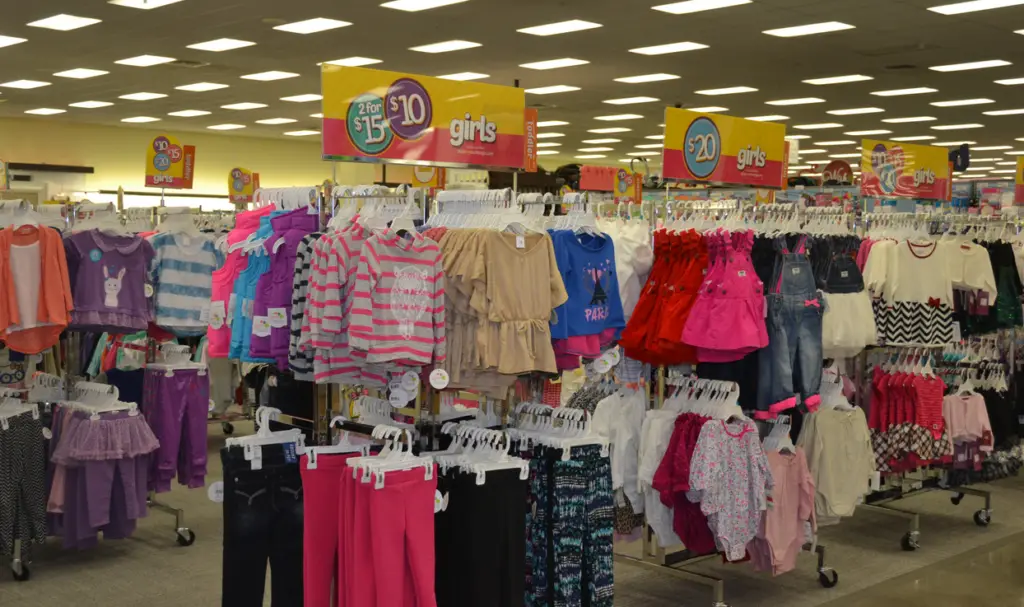
Department store children’s departments once created magical environments that made shopping with little ones a delight rather than a chore. Child-sized furniture, storybook themes, and sometimes even small playgrounds or amusement areas kept young shoppers entertained. Special events like photos with Santa or Easter Bunny, children’s fashion shows where young customers could model, and story hours created lasting memories attached to the store brand.
The experience of being fitted for school clothes, Sunday best, or special occasion outfits by knowledgeable salespeople who understood both fashion and the practicalities of dressing growing children made these departments community institutions. Many adults can still recall the precise smell, layout, and feel of the children’s department where they received their first “grown-up” outfit or special occasion dress.
10. The Significance of the Store Shopping Bag

Department store shopping bags were status symbols in themselves, designed with distinctive colors, graphics, and materials that announced to the world where you had been shopping. Carrying a bag from a prestigious store like I. Magnin, Bloomingdale’s, or Bonwit Teller communicated taste and purchasing power as you walked down the street or rode public transportation home with your treasures.
These weren’t the flimsy plastic bags of today but sturdy paper constructions with rope handles, reinforced bottoms, and elegant designs that customers would reuse for gift-giving or storage. Some shoppers would request specific bags even for small purchases, knowing the container carried almost as much significance as its contents in signaling shopping prowess to one’s social circle.
11. The Cosmetics Counter Makeover

Department store beauty counters once offered elaborate complimentary makeovers that served as both education and entertainment. Customers would schedule appointments to be transformed by skilled cosmeticians who would demonstrate proper application techniques while introducing them to new products. These weren’t quick sales pitches but thorough beauty consultations that could last an hour or more.
The ritual came with unspoken obligations—the expectation that you would purchase at least some of the products used in your transformation—but provided value through personalized instruction and the theatrical experience of watching your appearance evolve. Friends would schedule makeovers together as social outings, spending an afternoon being pampered before an evening event or just for the pleasure of learning beauty secrets from acknowledged experts.
12. The Bridal Registry Experience

Before online wish lists, the department store bridal registry was an elaborate ritual involving multiple in-person visits and significant assistance from specialized staff. Engaged couples would make appointments to meet with registry consultants who would guide them through every department, offering advice on china patterns, silver services, linens, and housewares based on the couple’s entertaining aspirations and lifestyle needs.
The bride and her mother often treated registry creation as a bonding experience and educational opportunity, with store experts explaining the purpose of specialized items like fish forks or finger bowls that might be unfamiliar to younger generations. Friends and family would visit the physical registry department where consultants would help them select appropriate gifts from the couple’s choices, ensuring no duplications and maintaining proper gift-giving etiquette.
The disappearance of these retail rituals represents more than just changing shopping habits—it reflects broader cultural shifts in how we view time, service, community, and consumption. While modern retail offers convenience and often lower prices, many who experienced the golden age of department stores lament the loss of these ceremonial aspects of shopping that made ordinary purchases feel extraordinary. Perhaps that explains why, despite their challenges, the remaining grand department stores continue to attract customers seeking not just merchandise but moments of retail magic increasingly difficult to find in our digital age.


